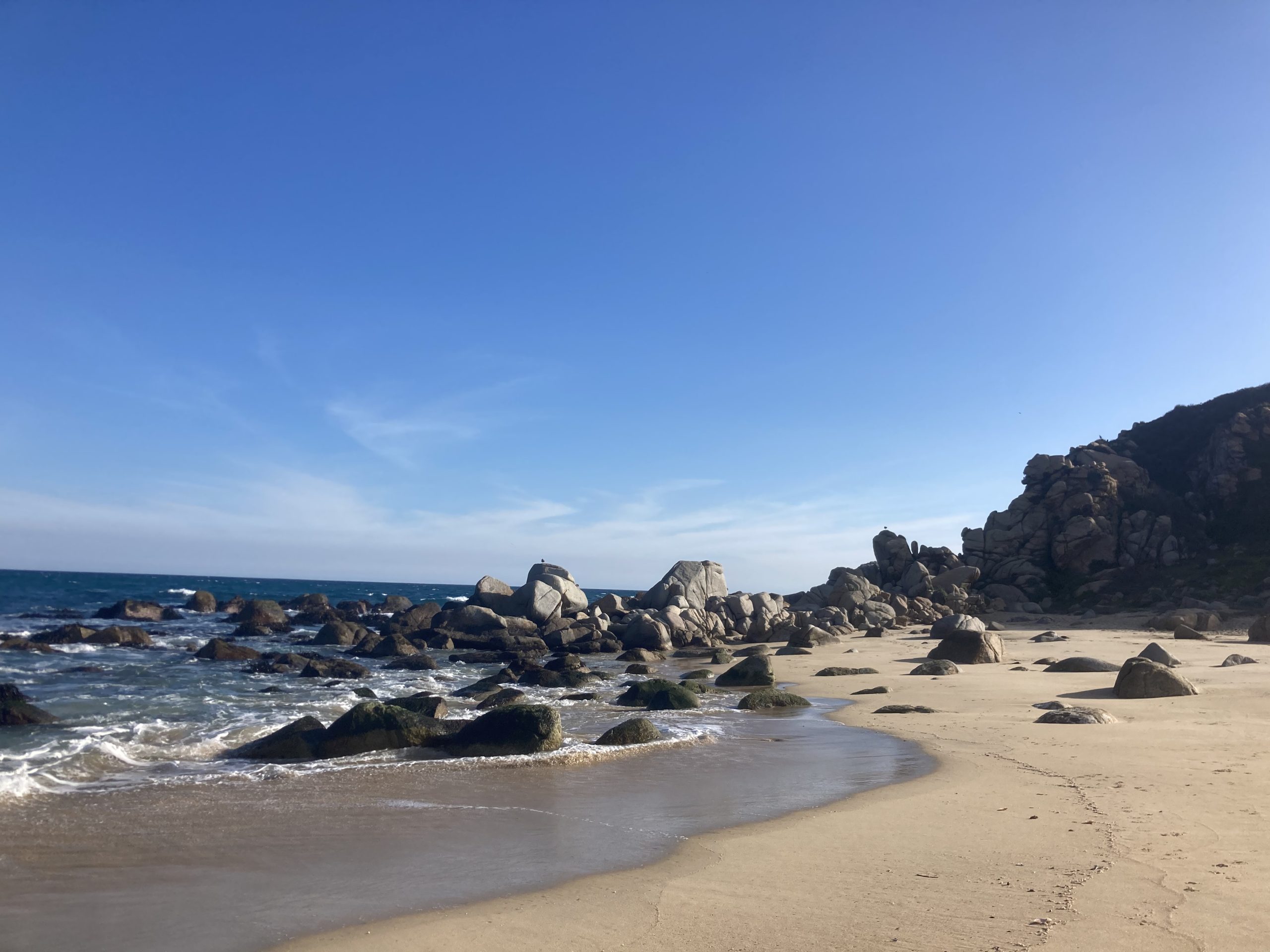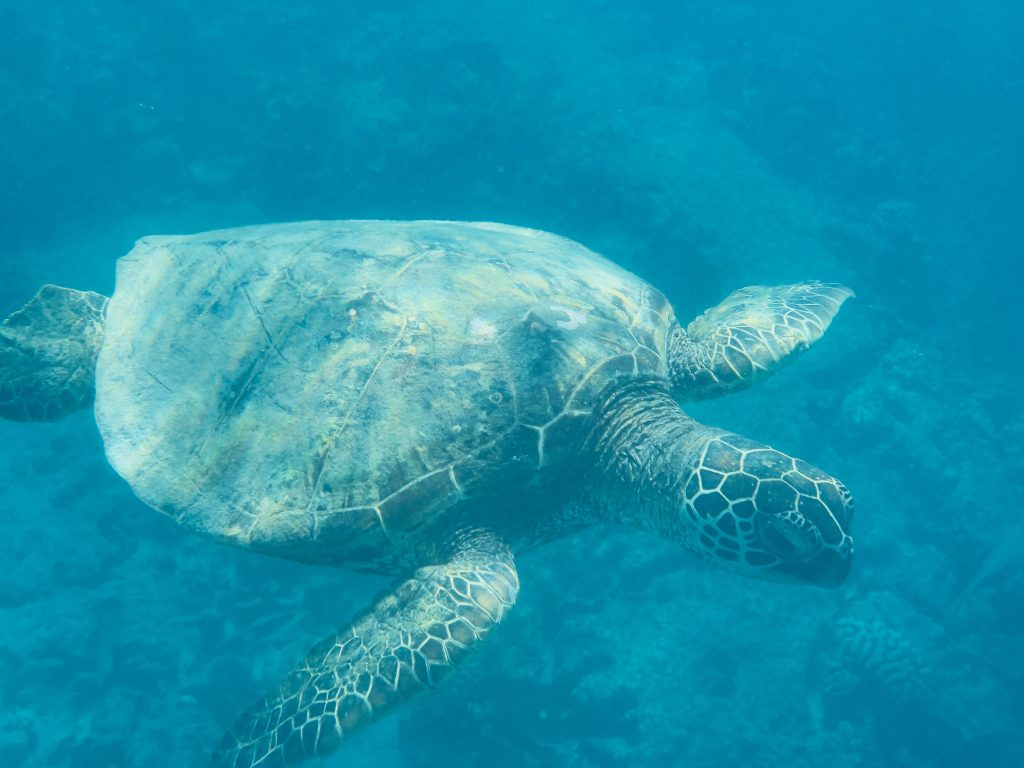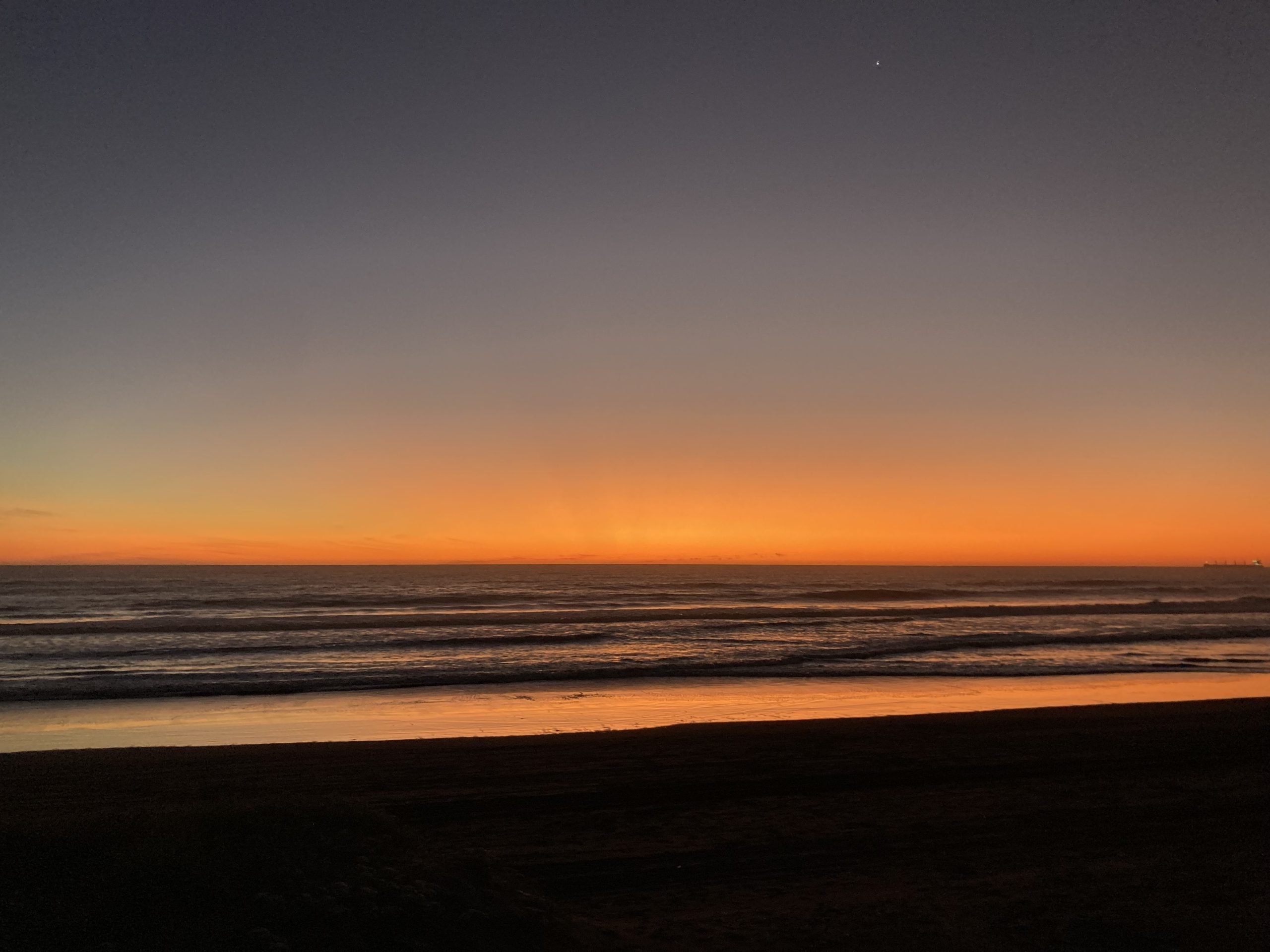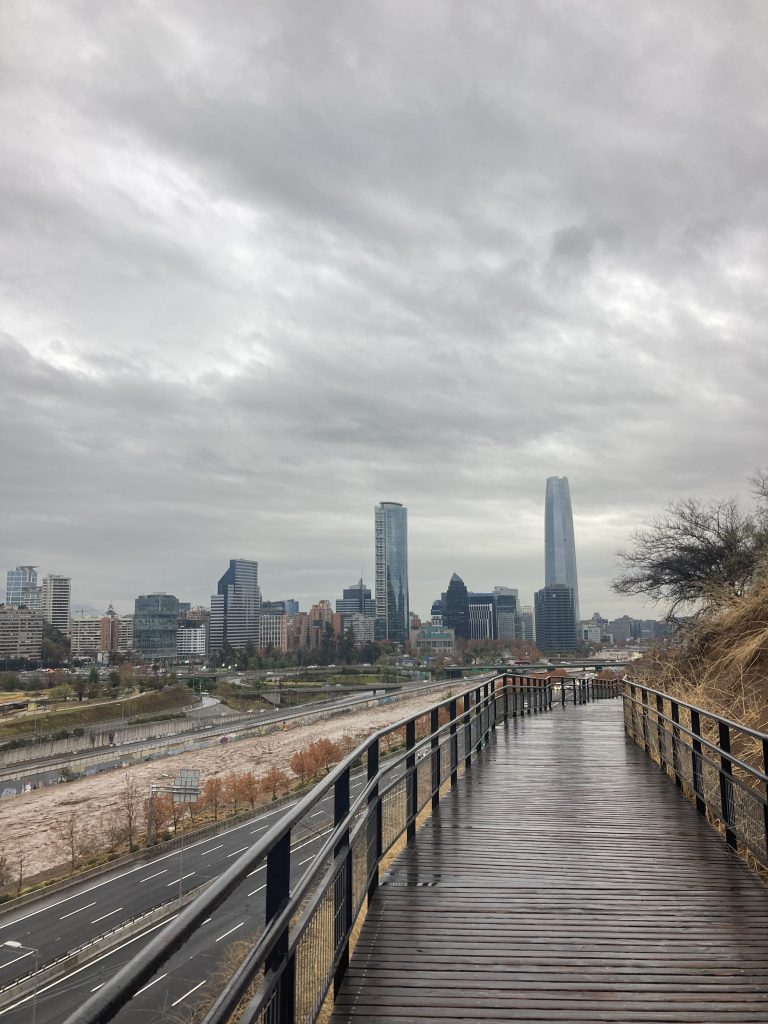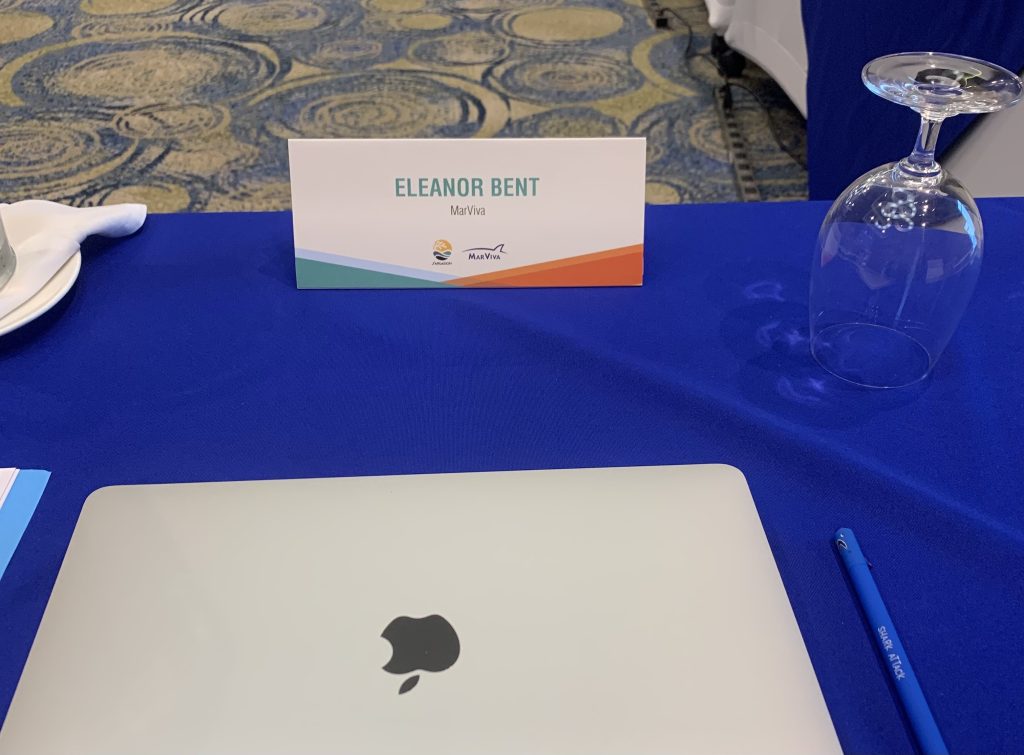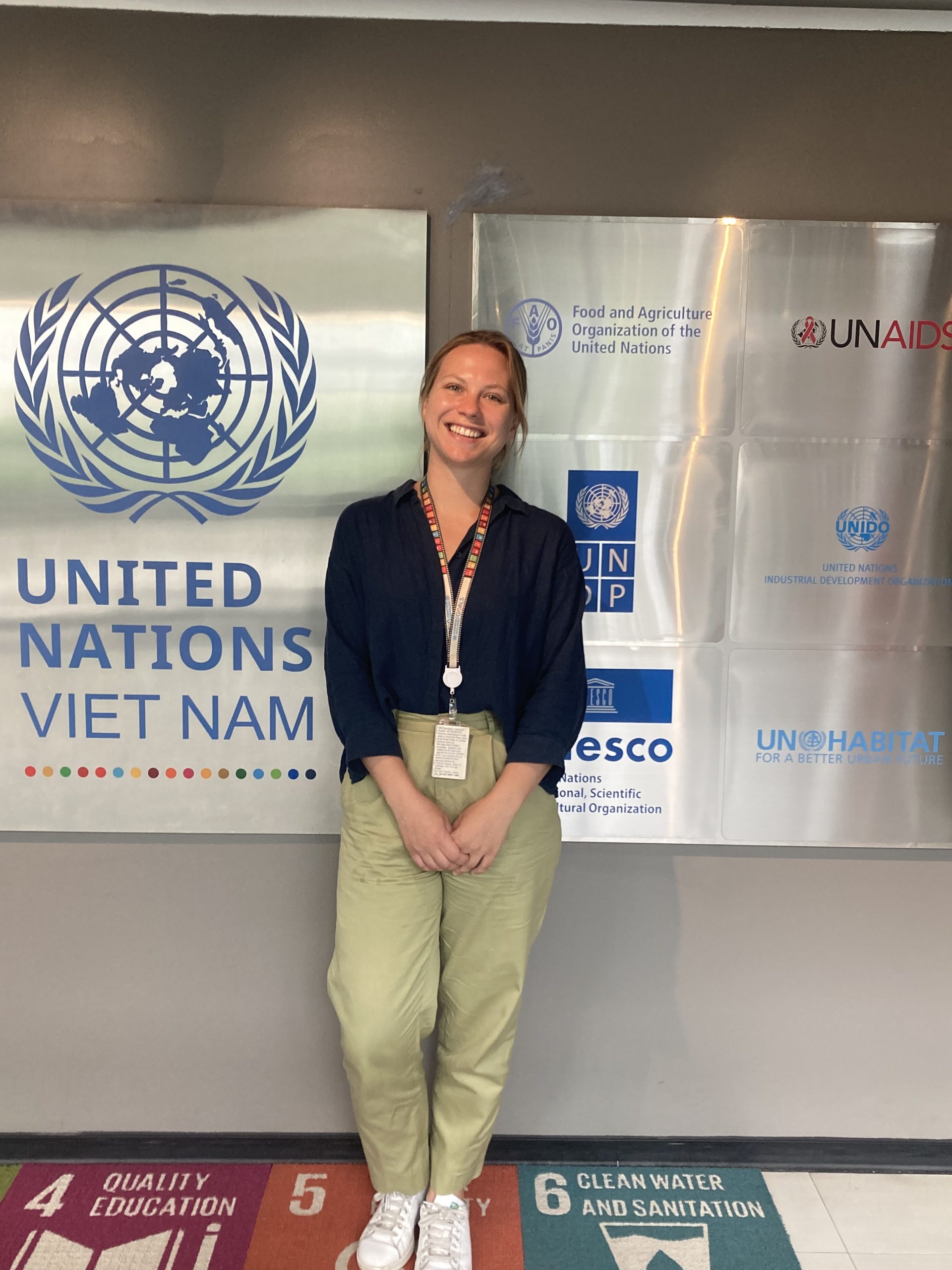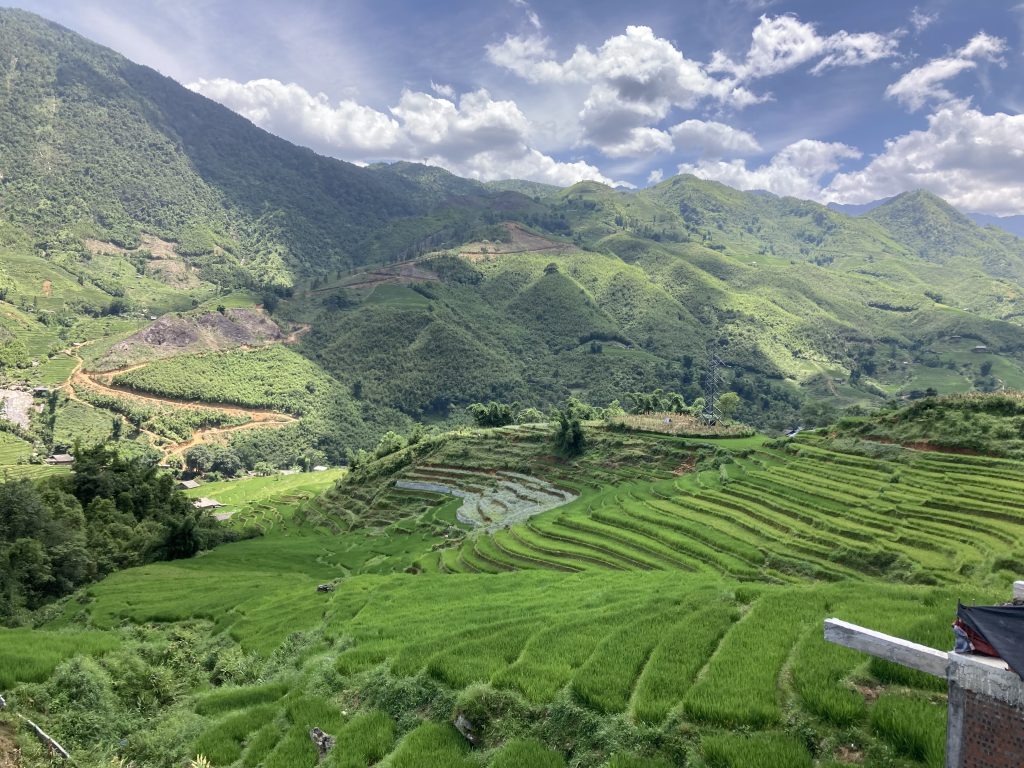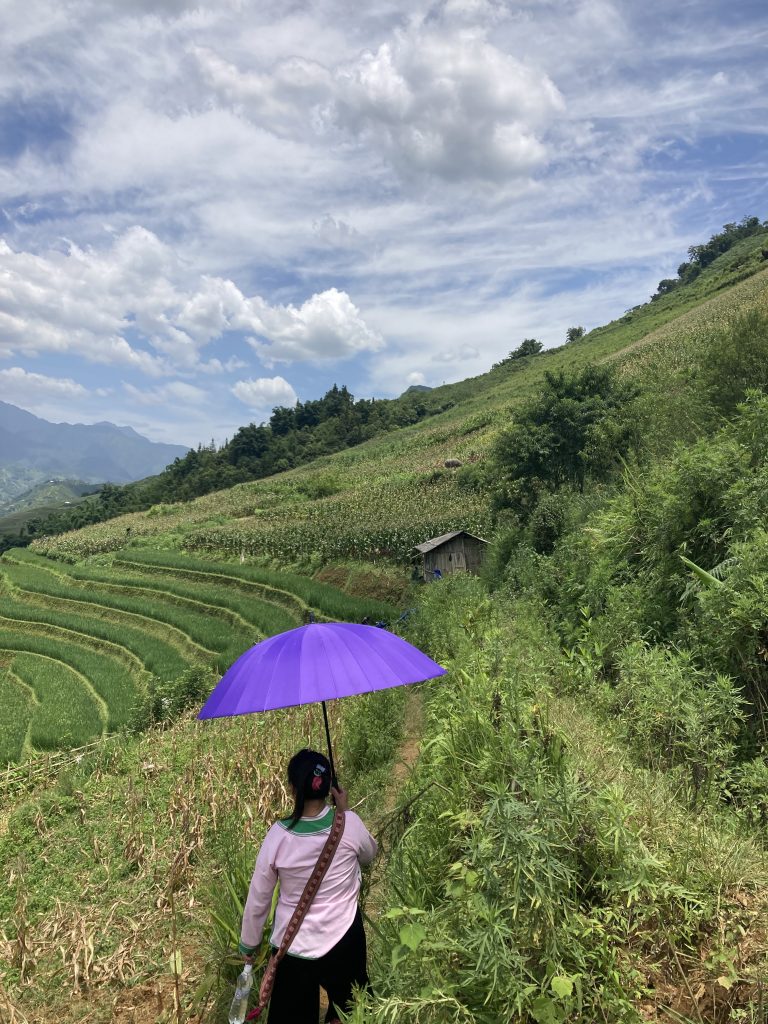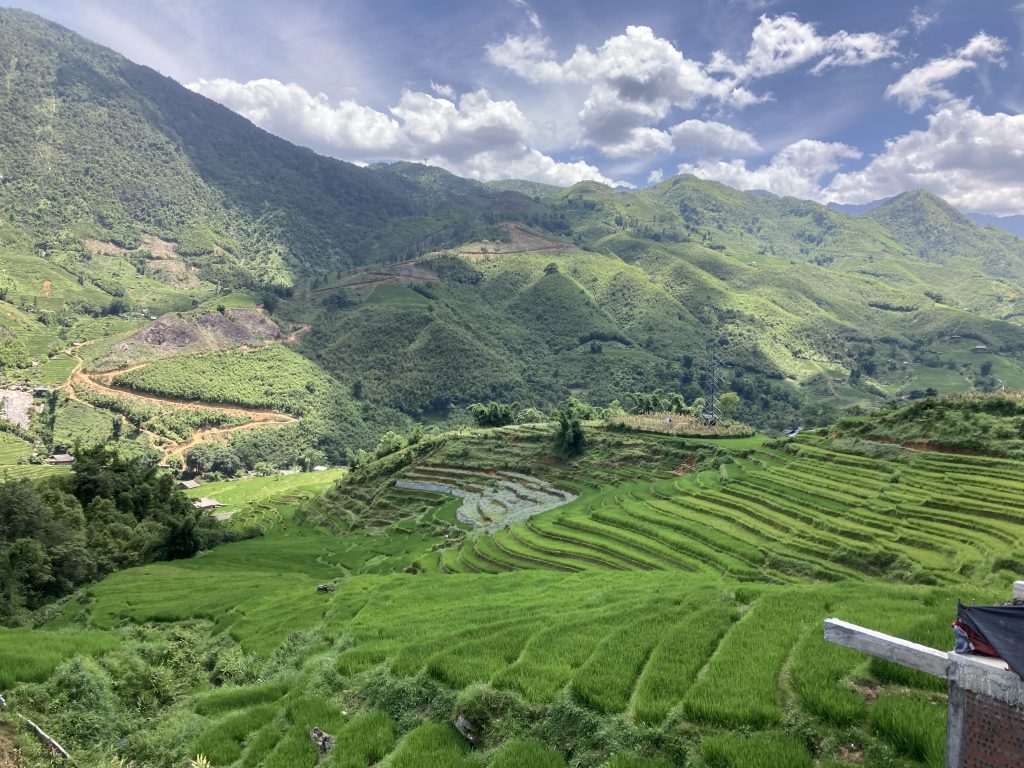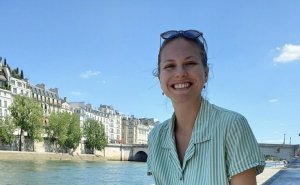I officially ended my CBE fellowship with the Ocean Risk and Resilience Action Alliance (ORRAA) and below I reflect on this enriching experience.
What did you accomplish with your host organization? What was the impact of your work?
During my internship with the ORRAA, I had the opportunity to contribute to the organization’s External Affairs team, specifically focusing on policy matters. In this role, I supported the team in accomplishing several key tasks that had a significant impact:
- Policy Research and Analysis: I conducted research on critical topics at the intersection of climate change, marine biodiversity, and finance, to contribute to producing a series of policy briefs on the following topics: the Taskforce on Nature-related Financial Disclosures (TNFD); Deep Sea Mining, Blue Carbon, and ocean-related priorities for COP 28. This effort has been relevant in shaping the organization’s policy recommendations and strategic advice for its members.
- Advocacy and Outreach: I collaborated with a diverse, international team to develop and implement advocacy strategies aimed at raising awareness about the need to adopt the High-Quality Blue Carbon Principles, for ocean and coastal nature-based solutions for climate change mitigation. I helped in the membership strategy of ORRAA, building connections with the Chilean Ministry of Foreign Affairs, so Chile becomes member of the Alliance in the near future. I also represented ORRAA in meetings of the the Race to Resilience, a platform to accelerate climate adaptation goals. This work has helped to foster partnerships and engagement with stakeholders in both the public and private sectors.
- Communication and Reporting: I’ve supported the communications team to elevate the work of the External Affairs team, showcasing what we have been producing through bulletins and social media posts.

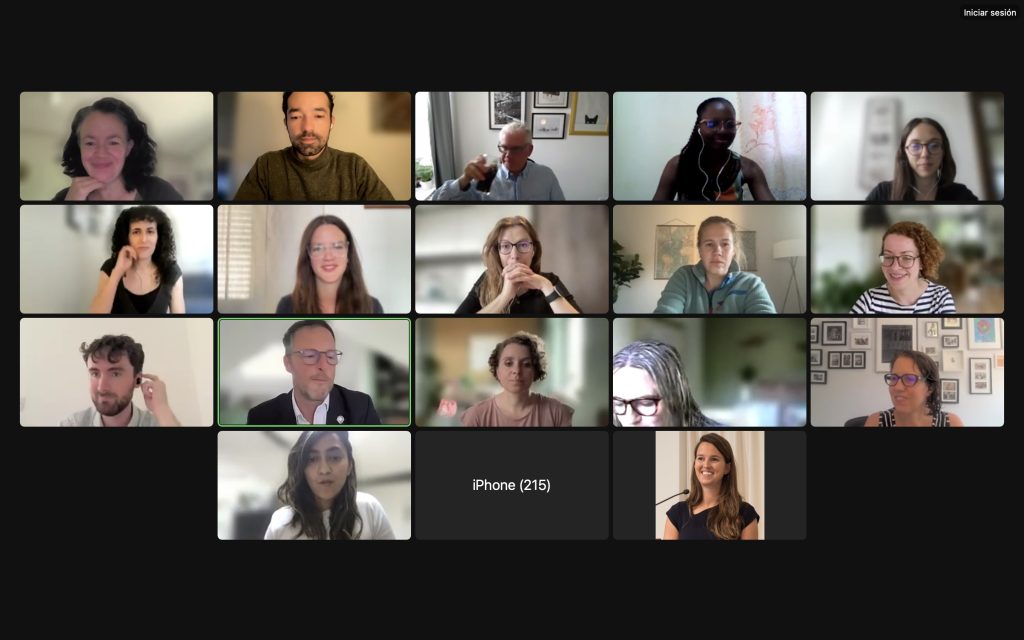
2. Describe the benefits of this experience for you professionally and personally?
My internship with the ORRAA was immensely beneficial. It has helped me in at least the following areas:
- Policy Expertise: I gained more hands-on experience in policy analysis, development, and advocacy, which enhanced my knowledge and skills in this area on the topics of marine biodiversity, climate change, international relations and governance, and finance.
- Global Perspective: Working with a team from all over the world, exposed me to diverse perspectives and approaches to deliver our work, which was international in nature.
- Networking Opportunities: I had the privilege of collaborating with experts and professionals from various backgrounds, expanding my professional network, and fostering lasting connections.
On a personal level, this experience was deeply fulfilling. It allowed me to align my passion for environmental conservation with my career aspirations, reinforcing my commitment to making a positive impact on critical issues facing our planet. In addition, ORRAA was supportive of my personal situation given that I had to do my internship remotely from Chile, where I needed to be to support my family and father in dealing with cancer. He passed away during this time, and I am deeply thankful for the flexibility that ORRAA allowed me.
3. Did your experience provide any unexpected discovery, self-reflection, or epiphany?
Yes. I realized that I am not only deeply passionate about environmental policy but also thrive in a collaborative, international, and interdisciplinary work environment. This experience reinforced my belief that addressing global challenges, such as climate change and marine biodiversity loss, requires innovative and inclusive approaches that bring together experts from various fields and backgrounds.
Moreover, working on the frontlines of these critical issues highlighted the urgency of our collective efforts to protect our ocean.
I also realized that finance is critical in addressing the gaps we have for effective policy implementation and that we need more people from environmental fields who are literate in finance. I do not have a formal background in finance, but it is a field that I will definitely continue studying.

